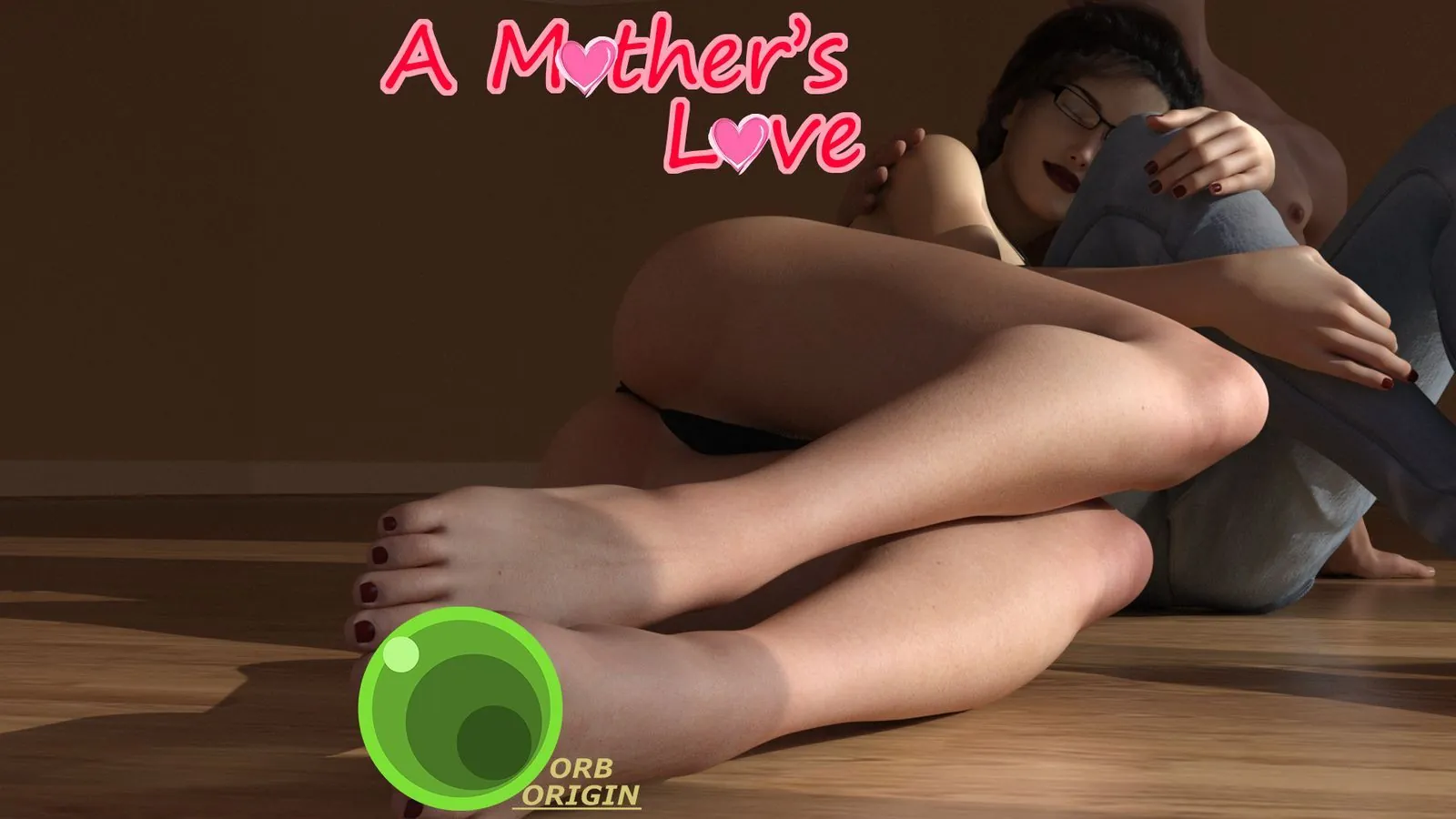
Play Returning to Mia
Returning to Mia review
A closer look at the game and its unique features
Returning to Mia is a visual novel that has caught attention for its mature themes and interactive storytelling. The game offers a branching storyline where your choices shape the experience, making it a unique entry in the genre. If you’re curious about what makes Returning to Mia different, this article will walk you through its gameplay, content, and what players can expect. Whether you’re new to visual novels or looking for something with a mature twist, Returning to Mia is worth exploring.
What Is Returning to Mia?
Game Overview
Let me tell you about the first time I booted up Returning to Mia 🎮. I thought I was just downloading another story game to kill time, but what I found was an experience that completely redefined what I expect from interactive fiction. If you’re tired of games where your selections feel meaningless, this visual novel might just become your next obsession.
Returning to Mia is, at its heart, a narrative-driven interactive story built for players who crave genuine consequence. This isn’t a passive experience where you just click through text; it’s a journey where you step into the shoes of the protagonist, navigating a complex web of relationships and past regrets. The game is specifically crafted for a mature audience, dealing with themes that require a level of emotional intelligence and life experience to fully appreciate. It’s available on platforms like GOG, making it easily accessible for PC gamers looking for a deep, story-rich experience. 🧠
What sets it apart is its commitment to making you feel the weight of your decisions. This is a game that understands nuance, and it’s not afraid to present you with morally grey areas where there is no perfect “good” or “evil” choice, only human ones.
Storyline and Themes
The narrative of Returning to Mia hooks you from the very first scene. You play as a character returning to a hometown haunted by memories, specifically of a past relationship with Mia. The setup might sound familiar, but the execution is anything but. This is where the branching storyline truly shines ✨.
The central themes are powerfully relatable:
* The Weight of the Past: How do you reconcile who you were with who you are now?
* Complex Relationships: The game explores connection, loss, and the messy reality of human interaction.
* Personal Accountability: Your player choices directly challenge your own moral compass.
I remember one playthrough where I made what I thought was a simple, pragmatic decision early on. Hours later, that choice echoed back in a devastating conversation that completely altered my relationship with another character. It was a brilliant demonstration of the game’s sophisticated narrative design. The mature content isn’t just for shock value; it serves the story, exploring adult situations with a surprising depth and sensitivity that you rarely see in games. ❤️🔥
Gameplay Features
If you’re wondering what you actually do in this game, the answer is simple: you live the story. The core gameplay loop revolves around reading beautifully presented text, absorbing the atmosphere, and, most importantly, making emotional decisions.
The magic of Returning to Mia isn’t in reaching an ending, but in discovering the person you become along the way through your choices.
The branching storyline is the game’s masterpiece. We’re not talking about a few different endings here; we’re talking about a narrative tree with significant branches that change character relationships, available dialogue, and even entire scenes. Your player choices feel significant because they are woven directly into the fabric of the narrative. You’re not just picking a pre-determined path; you’re sculpting a unique version of the story with every interaction.
Key features that define the experience:
* Meaningful Dialogue: Every conversation can lead to new revelations or close off future possibilities.
* Relationship Tracking: Your standing with every character is dynamic, changing based on your actions.
* Atmospheric Presentation: The art and sound design work in harmony to pull you deeper into the world.
* Replayability: With so many narrative paths, one playthrough only reveals a fraction of the whole story. 🔄
This is a visual novel that respects your time and intelligence, offering a interactive story that reacts to you in a genuinely compelling way.
How Returning to Mia Stands Out
To give you a clearer picture of what makes this visual novel special, here’s a quick comparison with some common traits found in other games of the genre.
| Feature | Typical Visual Novel | Returning to Mia |
|---|---|---|
| Narrative Structure | Often linear or with few major branches | Deeply branching storyline with significant consequences |
| Player Agency | Choices may affect minor dialogue or a single ending | Player choices reshape character relationships and plot events throughout |
| Thematic Depth | Can vary widely, often leaning toward fantasy or school life | Focuses on realistic, mature content and complex emotional decisions |
| Replay Value | Might have a few different endings to unlock | Encourages multiple playthroughs to explore vastly different story paths and outcomes |
As you can see, Returning to Mia is built for a specific kind of player—one who wants to be an active participant in a challenging, thought-provoking story. It’s a game that stays with you long after you’ve closed it, prompting you to reflect on the paths taken and the ones left unexplored. If you’re ready for a narrative adventure that trusts you with difficult emotional decisions, your journey back to Mia is waiting. 🚀
Returning to Mia stands out as a visual novel that offers a mature, interactive experience with a branching storyline. The game’s focus on emotional decisions and personal growth makes it a compelling choice for fans of the genre. If you’re looking for a story-driven game with mature themes, Returning to Mia is definitely worth checking out.





















